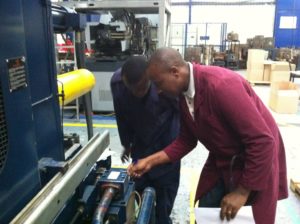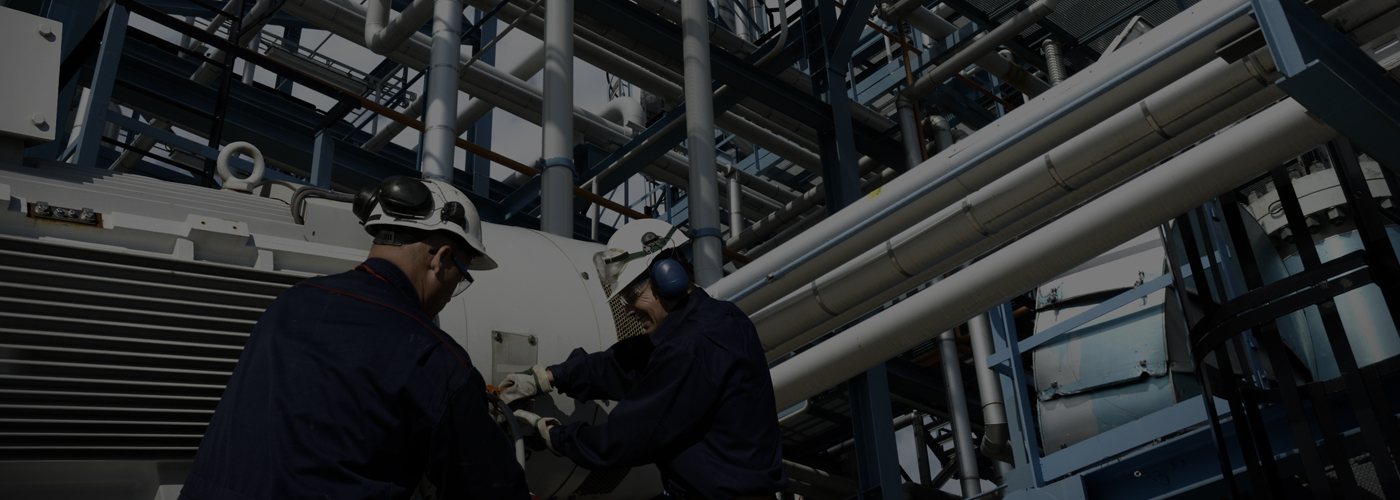
Objective of Planned Maintenance pillar in TPM is to enhance natural life of the equipment by focuses on two key category of activities:
- Maintenance Activities to fix and prevent failures
- Improvement Activities
- To extend life span of part,
- To shorten maintenance time
- To avoid maintenance
Planned Maintenance has following 7 steps:
- Support Autonomous Maintenance Teams
- Understand Equipment Failures
- Reverse Deterioration
- Build Information Management system
- Build Periodic Maintenance system
- Build Predictive Maintenance system
- Evaluate and improve
In Planned Maintenance step 1, maintenance team supports the Autonomous Maintenance activity by training operators to identify & correct abnormalities on their machines. Following are roles of Maintenance team in Planned Maintenance step 1
Autonomous Maintenance Step 1:
- To explain machine function and mechanical functions and define basic conditions – normal and abnormal
- Guidance for Identification of cleaning, inspection and lubrication items and Cleaning tools management
- Abnormality identification training – and teach about red/white tags
- Teach how to develop One Point lessons
- Help to dis-cover difficult to access areas
- Inspection while cleaning –teaching this to operators.
- Training the operators on moving parts, functional inspection of the rotating mechanisms, to find out abnormalities and making operators judge pass-fail criteria.
Autonomous Maintenance Step 2:
- Assist and implement countermeasures for sources of contamination by fabricating
- carrying out trials, installing and improving guards etc. This will include activities such as:
- Make machine easy to clean, lubricate and tighten – by operator with their involvement.
- Conducting WHY-WHY analysis of breakdown and if the reason being lack of Autonomous Maintenance activities then fill the skill gap.
- Prepare localized guards & Arrest leakages
- Removal of red/pink tags – explain and do.
- Rectifying the major abnormalities, which cannot be done by operators.
- To train the operators for developing, with one point lessons.
- To train operators to conduct daily autonomous maintenance activities safely.
- Attend to suggestions made by operators in form of countermeasures by AM team that they couldn’t implement themselves.
Autonomous Maintenance Step 3:
- Preparation of visual control – to make the changes in equipment including auxiliary units so that they are easy to clean, access, inspect and lubricate.(Re-tighten) make the equipment ‘visually controllable’ by operators
- Decide frequency for Cleaning, lubricating, tightening, making the method to do it and decide who will do what. Then teach that person ‘How’ to do.
- Provide the right kind of tools near the machine for operator to use. Similarly provide appropriate tools to maintenance for their work
- Prepare Breakdown sheet on which all breakdowns will be recorded and analysed
- Correct abnormalities that are identified through inspection.
- Establish standards for lubrication and monitoring pressure/temperatures
- Establish standards for cleaning
Planned Maintenance Step 2: Understanding Equipment failures.
Following key activities are done in PM Step 2
- Collect data on all failures/ breakdowns
- Prepare Equipment control ledger
- Do Equipment Ranking & Select High Rank Equipment for PM activities
- Understand current conditions based on OEE, MTBF, MTTR, Maintenance Costs etc
Planned Maintenance Step 3 focuses on reversing deterioration by focusing on following key activities
- Root Cause Analysis on breakdowns and Design improvements to reduce natural breakdown
- Develop Skill to forecast breakdowns, Develop countermeasures, Measure & Monitor MTBF MTTR
- Implement and Follow Time based Maintenance and Condition based Maintenance systems


